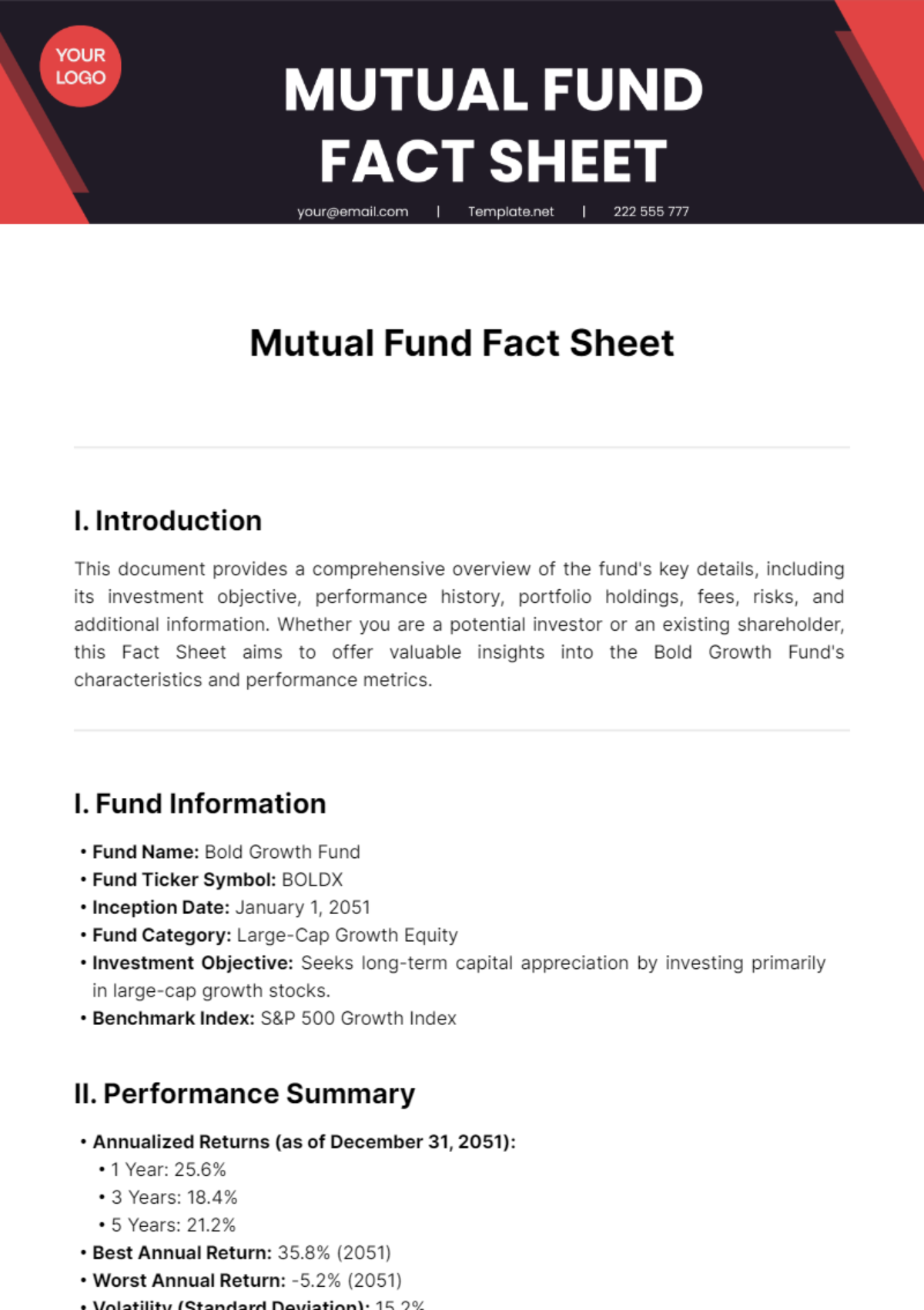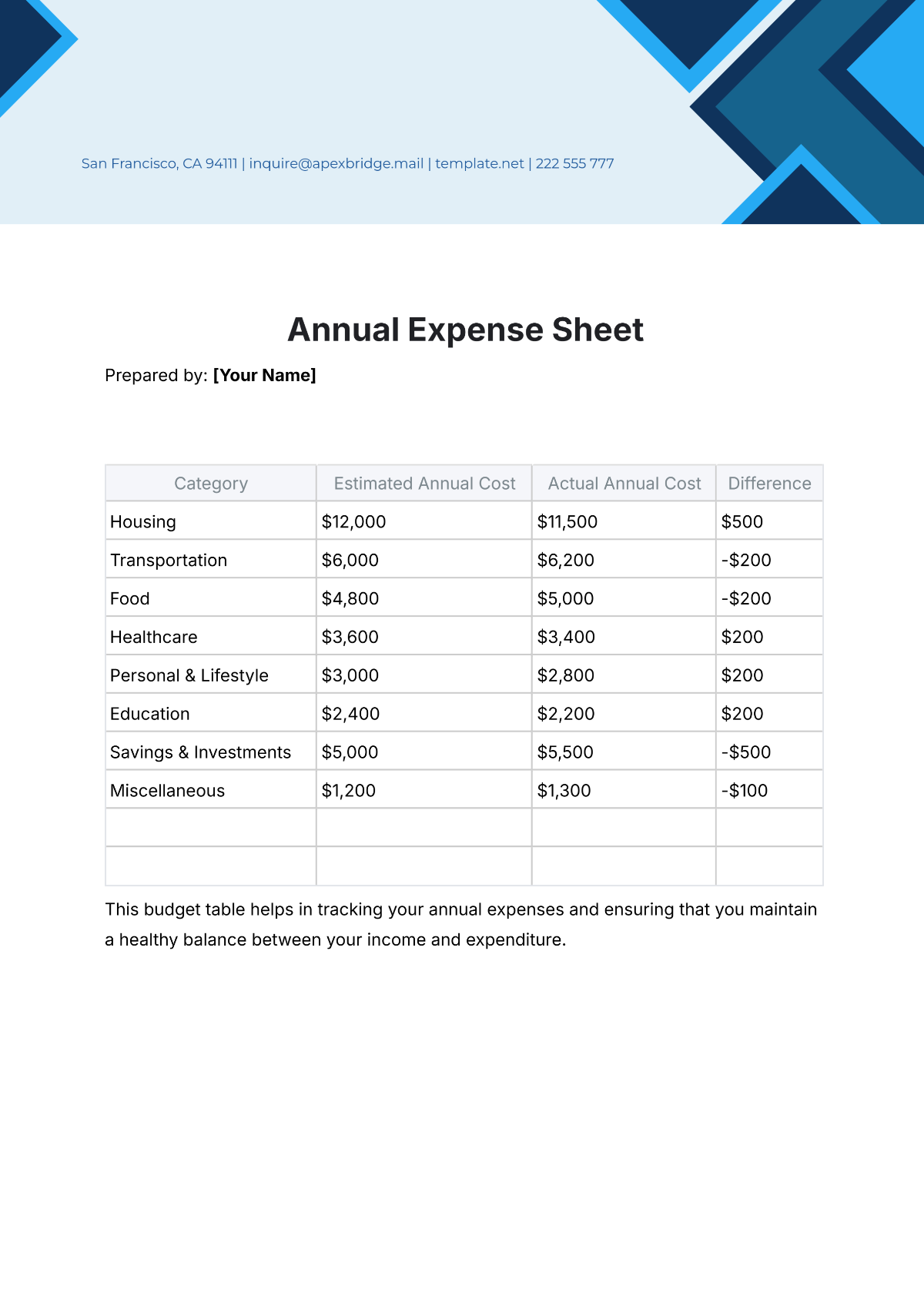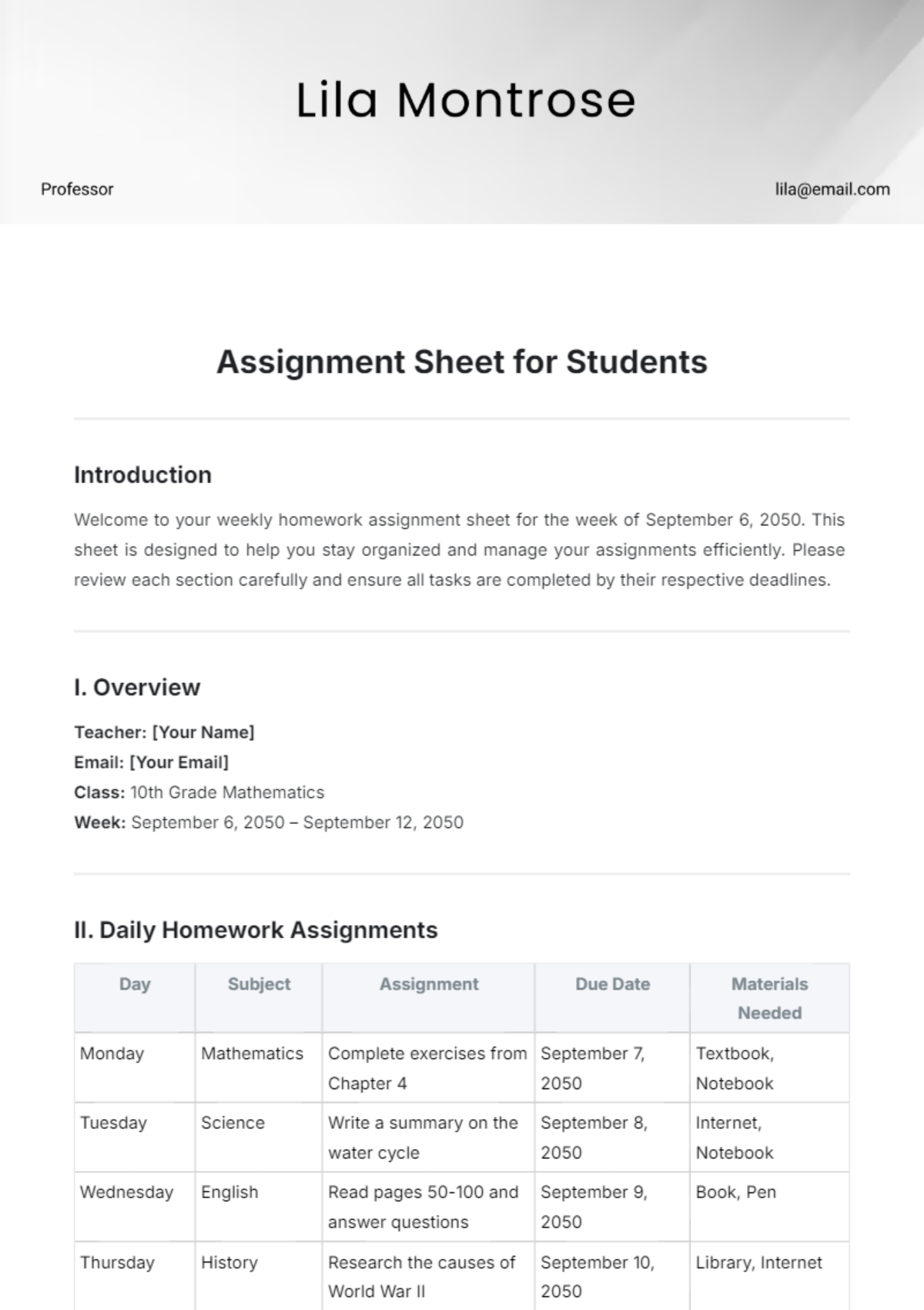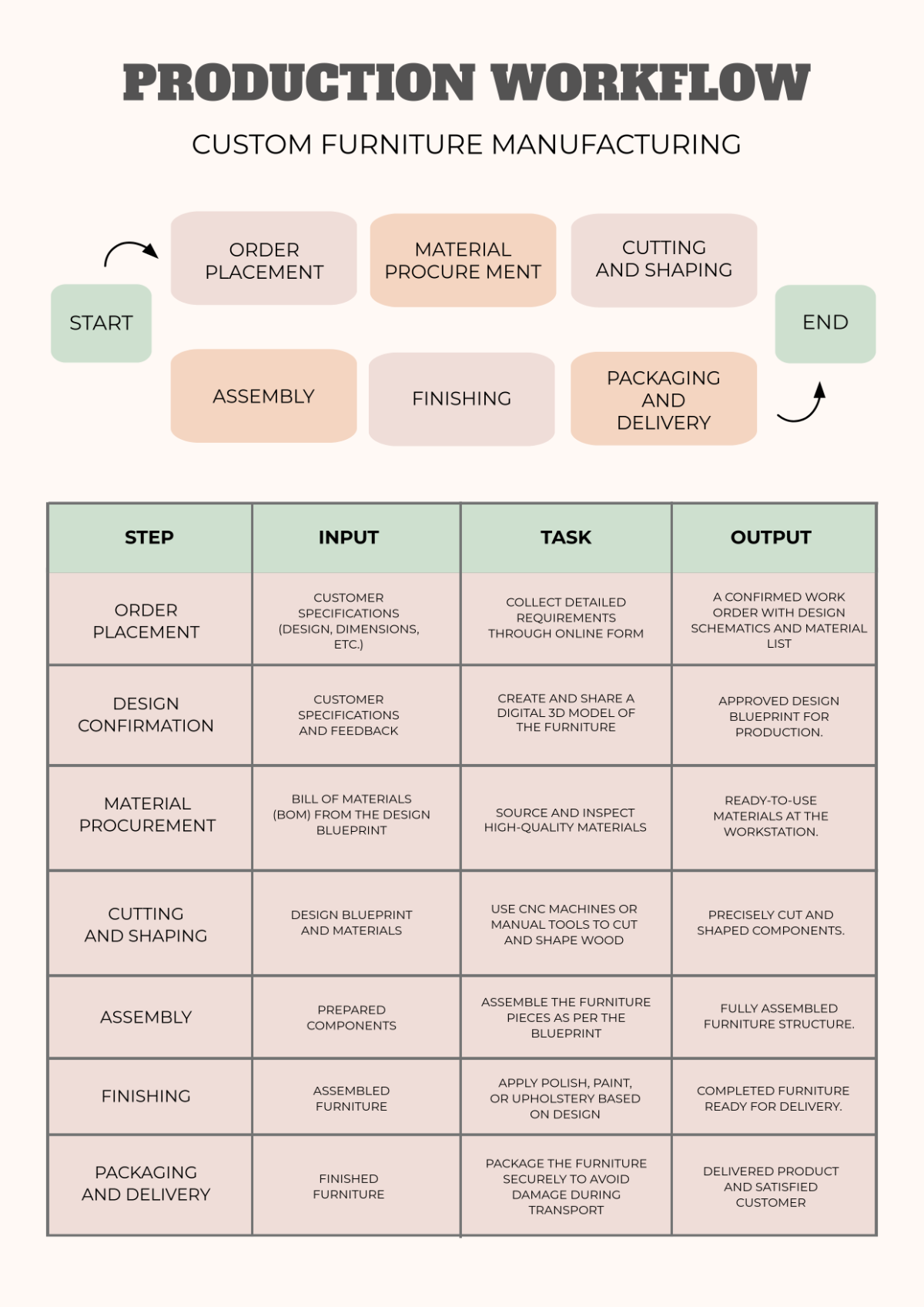Free Startup Cost Sheet Template
Startup Cost Sheet
I. Introduction
Creating a well-structured Startup Cost Sheet is essential for effective budgeting and financial planning. This document will guide you in estimating the initial expenses required to launch your business, ensuring you are prepared for the financial commitment ahead. By carefully analyzing and organizing these costs, you can set a solid foundation for your entrepreneurial journey.
II. Startup Costs Overview
The Startup Cost Sheet is organized into various categories to cover all potential expenses. Below is a breakdown of these expenses, including placeholder fields for your personal information and business details.
Category | Description | Estimated Cost | Payment Method | Due Date |
|---|---|---|---|---|
Business Registration | Legal fees, licenses, permits | $1,000 | Cash | January 15, 2050 |
Equipment | Machinery and technology | $5,000 | Credit Card | February 20, 2050 |
Office Space | Lease deposit and renovations | $3,000 | Bank Transfer | March 5, 2050 |
Inventory | Initial stock | $4,000 | Cash | March 25, 2050 |
Marketing | Branding and promotions | $2,500 | Credit Card | April 10, 2050 |
Operating Expenses | Salaries, utilities, etc. | $6,000 | Bank Transfer | April 30, 2050 |
Insurance | Business insurance | $1,200 | Cash | May 15, 2050 |
Office Supplies | Furniture and supplies | $800 | Credit Card | June 1, 2050 |
Contingency Fund | Unexpected costs | $2,500 | Bank Transfer | June 15, 2050 |
III. Prepared By
This Startup Cost Sheet is prepared by [YOUR NAME] at [YOUR EMAIL]. Additional business details include:
[YOUR COMPANY NAME]
[YOUR COMPANY NUMBER]
[YOUR COMPANY ADDRESS]
[YOUR COMPANY WEBSITE]
IV. Conclusion
In conclusion, a comprehensive Startup Cost Sheet not only facilitates effective budgeting but also enhances your readiness for potential financial challenges. By estimating and organizing your startup costs, you lay the groundwork for a successful business venture. Remember to regularly update this sheet as your plans evolve and new costs arise, ensuring that your financial strategy remains robust and effective.








































